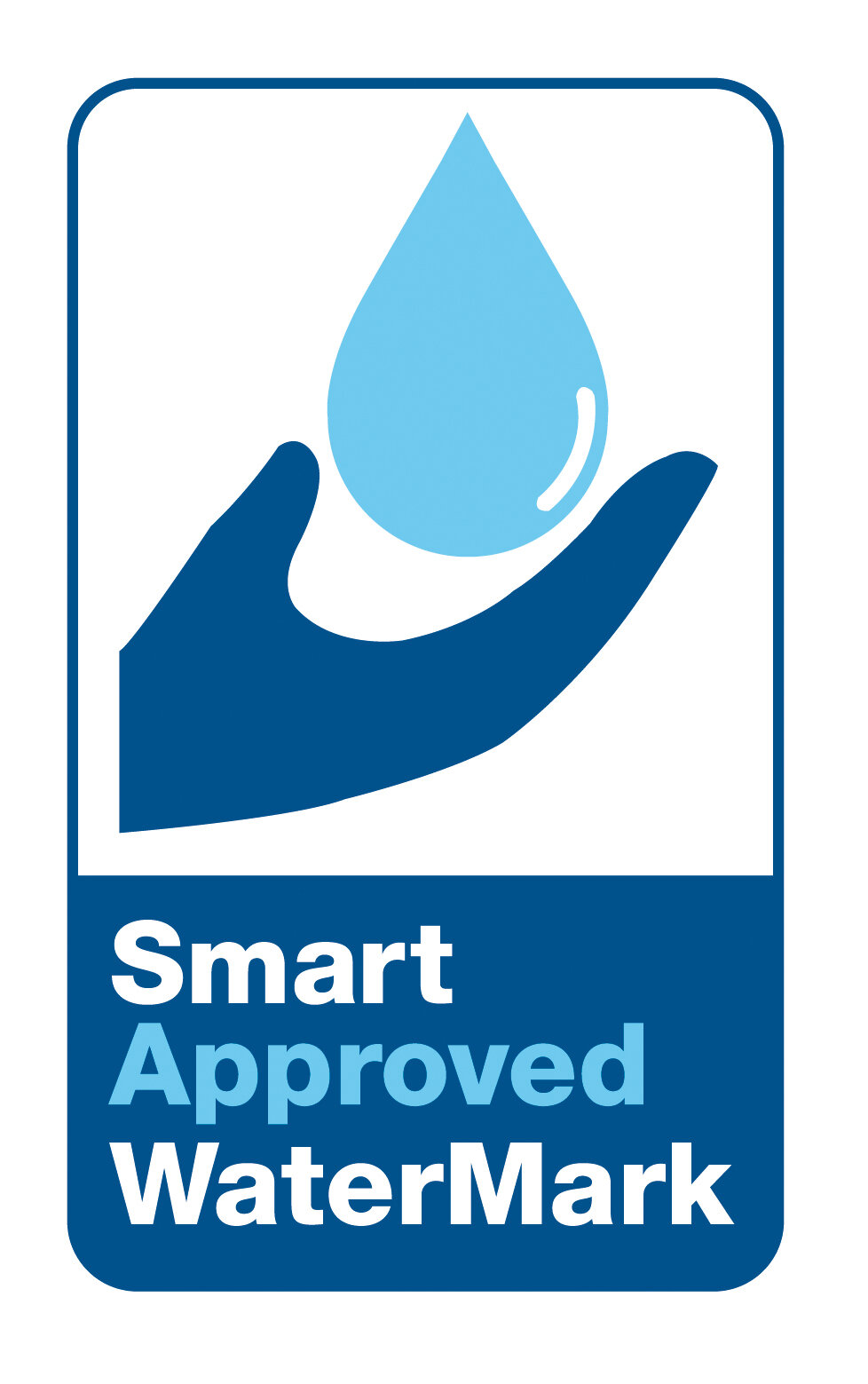Since 1992, a whole new glossary of terms has evolved referencing water conservation and water efficiency. Why 1992? That’s when the Energy Policy Act of 1992 was signed into law. It required that all toilets use no more than 1.6 gallons of water per flush.
Since then, some of the many new water-related terms that have entered the vocabulary, include the following:
Dual-Flush. This is a type of toilet that allows the user a choice of how much water should be used to flush away waste. A dual-flush toilet can only use 1.6 gallons of water per flush. The user can bring that down to about 1.28 gallons or less with a dual-flush system.
High-Efficiency Toilet (EFT). These toilets use about 20 percent less water than is federally mandated by the 1992 Act. These toilets have been proven to not only reduce water consumption, but lower energy bills.
High-Efficiency Urinals (HEU). These are urinals that use a half-gallon of water per flush or no water at all. Again, they help lower energy bills. The waterless versions also tend to be less costly to purchase, install, and maintain.
Ultra-Low-Flow. This term is used interchangeably with the words “high efficiency.”
Gravity-Fed Toilets. You may not realize it, but this is the most common type of toilet installed in the U.S. With the help of released water, they rely on the force of gravity to flush waste away into the trap below.
Pressure Assisted Toilets. This type of toilet uses a compressed-air device to supplement the force of gravity to remove waste when the toilet is flushed.
Flapper. No, we are not referring to young ladies living in the 1920s, but we are referring to another way to reduce water consumption. Most toilets have always used flappers to release water from the tank. However, these flappers tended to deteriorate over time. When they do, they often release more water than necessary. New flappers do not deteriorate so that the toilet continues to use precisely the same amount of water with each flush.
WaterSense. This is a program developed by the US Environmental Protection Agency designed to help consumers select water using devices that meet certain water reduction standards.
Metered Toilet. Also known as a metered flush, these systems are designed to release a precise about of water per flush. The amount cannot be altered.
MaP Testing. When low-flow toilets were first introduced, they often had to be flushed two or more times to remove waste. MaP testing was developed to measure how much waste a toilet can be removed with one flush. This system has helped manufacturers fine-tune their low-flow toilets, so that they worked efficiently and effectively with the first flush.












